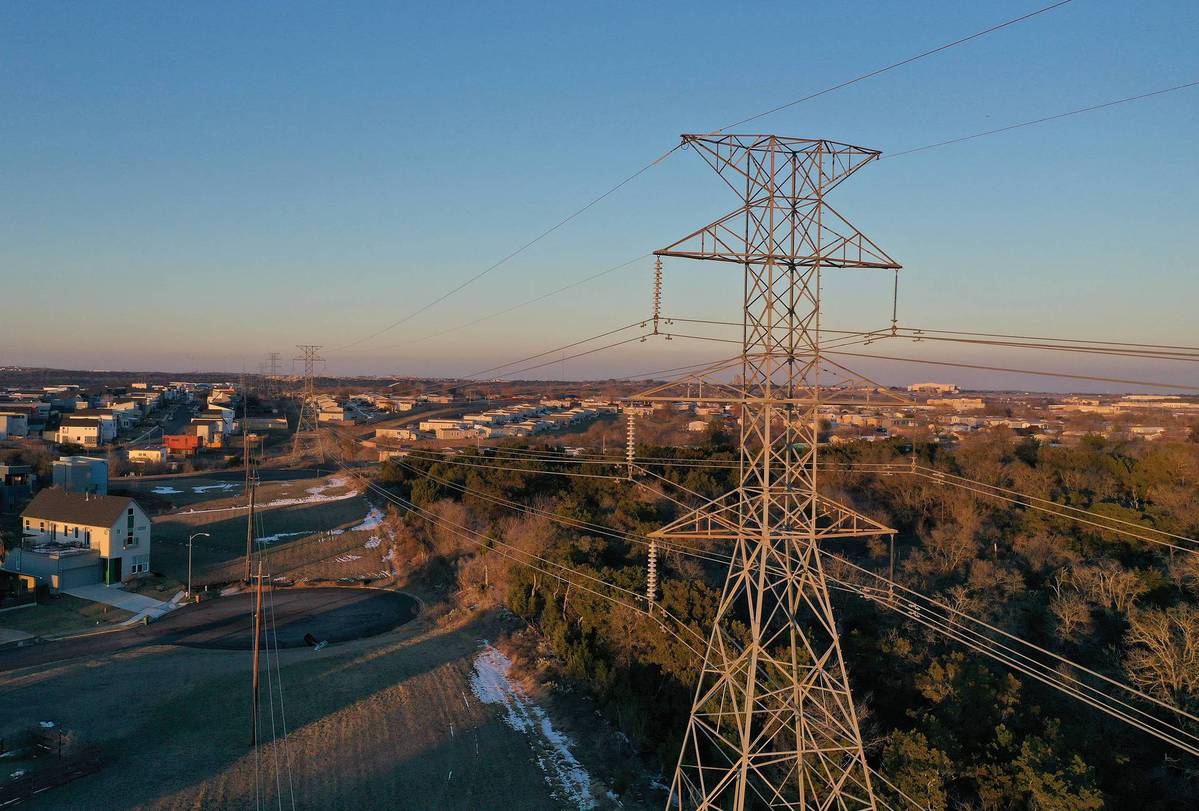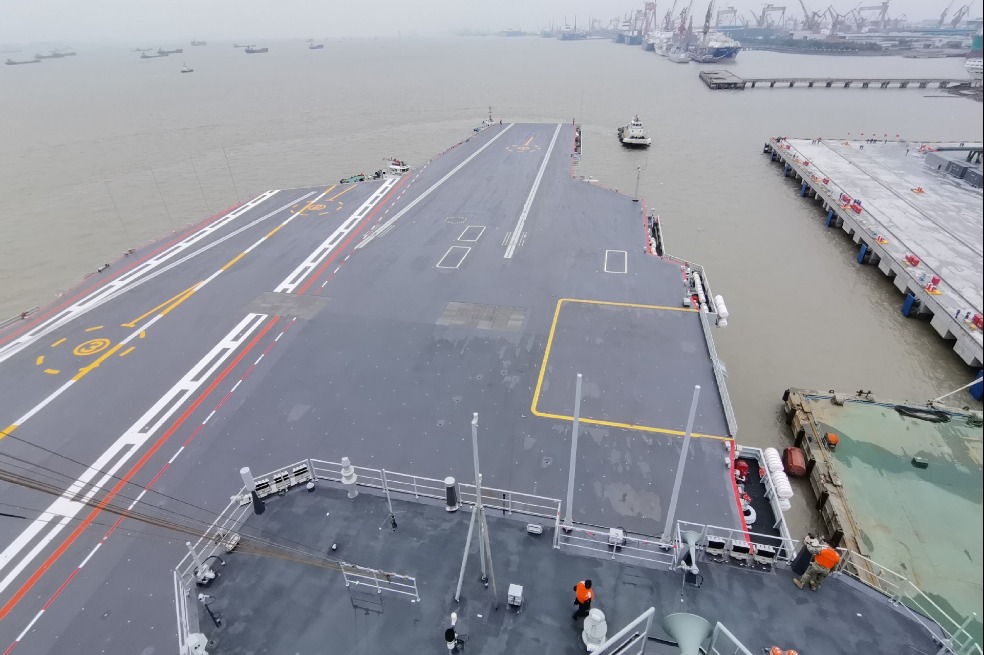Expert: US government can't 'relinquish' role in infrastructure
By LIA ZHU in San Francisco | China Daily Global | Updated: 2021-03-22 10:01

As the Biden administration is expected to carry out a broad infrastructure reform plan, one expert suggests that the US learn from China to revamp its "overstretched" infrastructure that has lagged in "quality and standards".
"The nation's transportation system, water and energy networks and broadband system are under significant stress. One of the latest examples is the breakdown of the Texas power grid in January," said Selina Ho, assistant professor in international affairs at National University of Singapore, at a recent webinar.
In Texas, more than 4 million people lost power after a winter storm crippled the state's energy infrastructure, which was not built for weather of such magnitude. Other examples include an Amtrak derailment in Philadelphia in 2015 and the contaminated water supplying Flint, Michigan, said Ho.
"These are all evidence that there's tremendous stress on the US infrastructure system," she said.

The American Society of Civil Engineers estimates there is an investment gap of nearly $2.59 trillion over 10 years. The group warns in its 2021 report that by 2039, America's overdue infrastructure bill will cost the nation $10 trillion in GDP and the average American household $3,300 a year.
One of the "important lessons" that the US can learn from China's infrastructure practices is the "essential" role the government plays, said Ho. "It (government) cannot relinquish infrastructure because infrastructure is a form of public good. It cannot leave it to the private sector alone; it needs to regulate, monitor and invest in it," she said.
"If the private sector doesn't see benefits or profits in infrastructure projects, why should they be doing it? With the fact that certain projects will take many years to break even and get profit, there is a need for more government involvement," Ho explained. "You might have to provide some form of benefits or subsidies in order for these things to be done."
A 2019 report by the Council on Foreign Relations found that the US spends 2.4 percent of GDP on infrastructure, while China's infrastructure spending averages roughly 8 percent of its GDP. China also tops the list of G20 infrastructure spending by 2040, with the US ranking 19th before Mexico, according to the report.

"Starting with former President Ronald Reagan, Republicans turned their back on federal infrastructure," said Jeffrey Sachs, a professor and director of the Center for Sustainable Development at Columbia University, in a recent article for CNN.
The US federal spending on "physical resources", including energy, transportation, housing, environment and community development, averaged around 2 percent of GDP during the late 1970s but fell to around 1 percent of GDP by the 1990s, and has been below 1 percent of GDP since 2013, according to Sachs.
Using high-speed rail for example, Sachs said that since 2008, China has gone from zero miles of fast rail to 22,000 miles, while the US still has zero trains operating in excess of 150 miles per hour.
"Without modern infrastructure, the US cannot create decent jobs, social justice or climate safety. After decades of delay, now is the time for President Joe Biden to go big," he said.
During the presidential campaign, Biden proposed $2 trillion to address infrastructure and climate change. The debate has heated up over how the government might pay for a massive infrastructure initiative.
Another lesson that the US can draw from China's experience is encouraging private-public partnerships, said Ho.
China relies heavily on private-public partnerships for infrastructure investment and construction, said Ho.
According to a 2019 report by the World Bank, the East Asia and the Pacific regions received the highest level of private participation in infrastructure investment among all regions, accounting for 39 percent of the global total; and that was led mainly by China, which accounted for 69 percent of the regional investment.
"China takes a forward-looking view of development. It anticipates demand and creates supply before actual demand takes place. This is because infrastructure projects are multiyear projects that require long-term planning and early investment," said Ho. "The government's role is really critical, especially in the area of public-private partnerships (PPPs).
"PPPs can be a source of investment, technology and management skills. In order to realize these benefits, you need strong government oversight and regulation — an important lesson that the US can learn from China in this regard," she said.
























